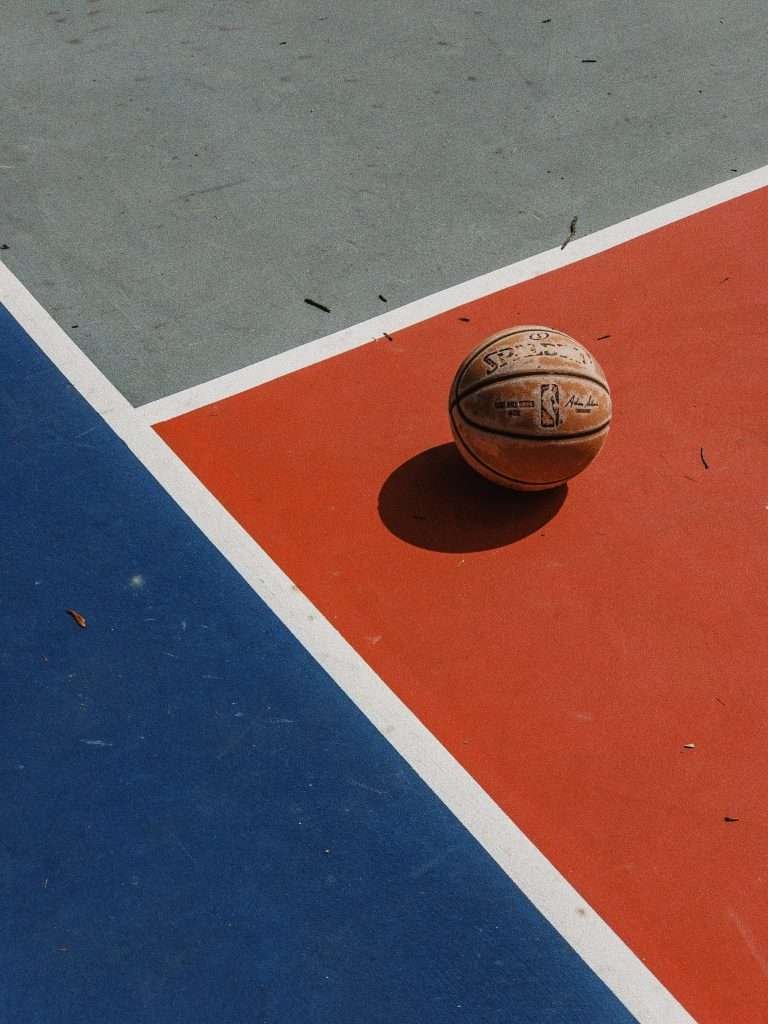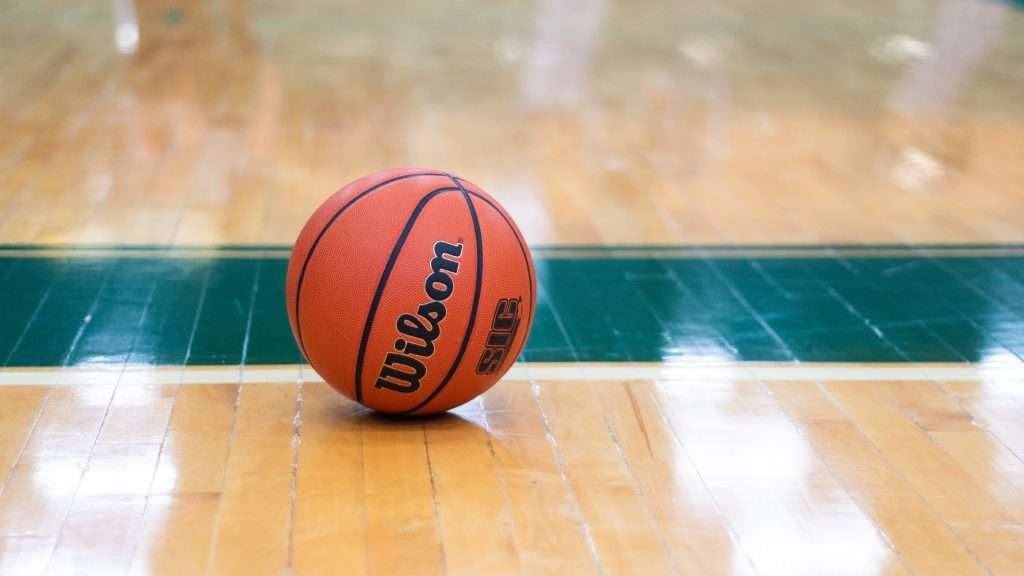Basketball is a captivating sport that hinges on a simple objective – your team needs to outscore the opposition. A team comprises 15 players, but only 5 – two forwards, two guards, and a center – actively play on the court at a given time.
The game commences with a tip-off, post which the team that gains ball possession has a 24-second shot clock to attempt a basket against their opponents. The baskets are fixed 10 feet above the ground on a court typically measuring 94ft long by 50ft wide, as per NBA standards. The size of the court, however, can vary based on the league and location.
Players can advance the ball up the court by either passing it to a teammate or by dribbling, which involves bouncing the ball repeatedly while moving. Scoring in basketball is straightforward. A shot made from within the designated arc is worth two points, a shot from beyond the arc is worth three points, and any awarded free throws earn one point each.
Failure to attempt a shot within the stipulated 24 seconds leads to a shot clock violation, with ball possession handed over to the opposing team. To prevent scoring, the other team can block shots, steal the ball from opponents, or rebound a missed shot.

Basketball is generally played in 4 x 12-minute quarters (NBA), 4 x 10-minute quarters (international), or 2 x 20-minute halves (NCAA). The team with the most points at the end of the game wins. In case of a tie, overtime periods are played until a winner emerges.
While the essence of basketball is straightforward, it’s important to understand the various violations and fouls that players must avoid. Violations occur when rules are broken, such as shot clock violation, double dribble, travelling, three in the key, and charging. Some less common but significant violations include eight-second violation, palming, goaltending, basket interference, and back-court violation.
Fouls in basketball can be a bit intricate to comprehend, but they fundamentally involve illegal contact. Personal fouls occur when players encroach upon each other’s personal space, leading to offensive or defensive fouls depending on who initiates the contact. A foul in the act of shooting leads to free throws for the attacking team – two for fouls inside the arc and three for fouls outside. Additionally, any team that commits five or more fouls in a quarter or a player who accumulates five (internationally) or six fouls (NBA) faces penalties.

Flagrant fouls are severe and result from violent contact against another player. These fouls always lead to two free throws for the opposing team. Lastly, technical fouls are awarded for inappropriate conduct such as fighting, unsportsmanlike behavior, or abuse towards referees. Accumulating two technical fouls results in automatic ejection from the game.
Understanding basketball’s nuances might seem overwhelming initially, especially grasping how fouls operate. However, as you continue to watch or play, these rules will become more apparent. Enjoy the exhilarating world of basketball!
FAQs
1. What is a tip-off in basketball? A tip-off is the action that begins a basketball game. It involves the referee tossing the ball up between two players at the center of the court, who then attempt to tap it to a teammate to gain the first possession.
2. What is a shot clock violation in basketball? A shot clock violation in basketball occurs when a team with the ball fails to attempt a shot that hits the rim within the 24-second shot clock.
3. What does ‘dribbling’ mean in basketball? Dribbling in basketball refers to the action of bouncing the ball on the floor repeatedly while moving. It is a legal way to move the ball across the court other than passing.
4. What is the difference between a two-point shot and a three-point shot in basketball? A two-point shot in basketball is any shot scored within a designated arc near the basket. A three-point shot, on the other hand, is scored from a shot outside this arc.
5. How long is a standard basketball game? A standard NBA game consists of four quarters, each 12 minutes long, for a total of 48 minutes of regulation time. College (NCAA) games are composed of two 20-minute halves, while international games consist of four 10-minute quarters.
6. What happens when a basketball game ends in a tie? If a basketball game ends in a tie, the teams play additional five-minute periods (known as overtime) until a winner emerges. There are no ties in basketball.
7. What is a ‘foul’ in basketball? A foul in basketball is a rule violation involving illegal personal contact with an opponent. It could be an offensive foul (initiated by the player with the ball) or a defensive foul (initiated by a player defending against the ball).
8. What is a ‘flagrant foul’ in basketball? A flagrant foul in basketball involves violent contact with an opponent. It is considered a serious infraction and always results in two free throws for the opposing team.
9. What does ‘fouled out’ mean in basketball? A player is said to have ‘fouled out’ of a basketball game if they accumulate a certain number of personal fouls during the game. The limit is six fouls in the NBA and five in most other leagues.
10. What is a ‘technical foul’ in basketball? A technical foul in basketball is a foul for unsportsmanlike conduct, such as arguing with referees, fighting, or inappropriate behavior. Receiving two technical fouls in a game results in the player’s ejection from the game.




